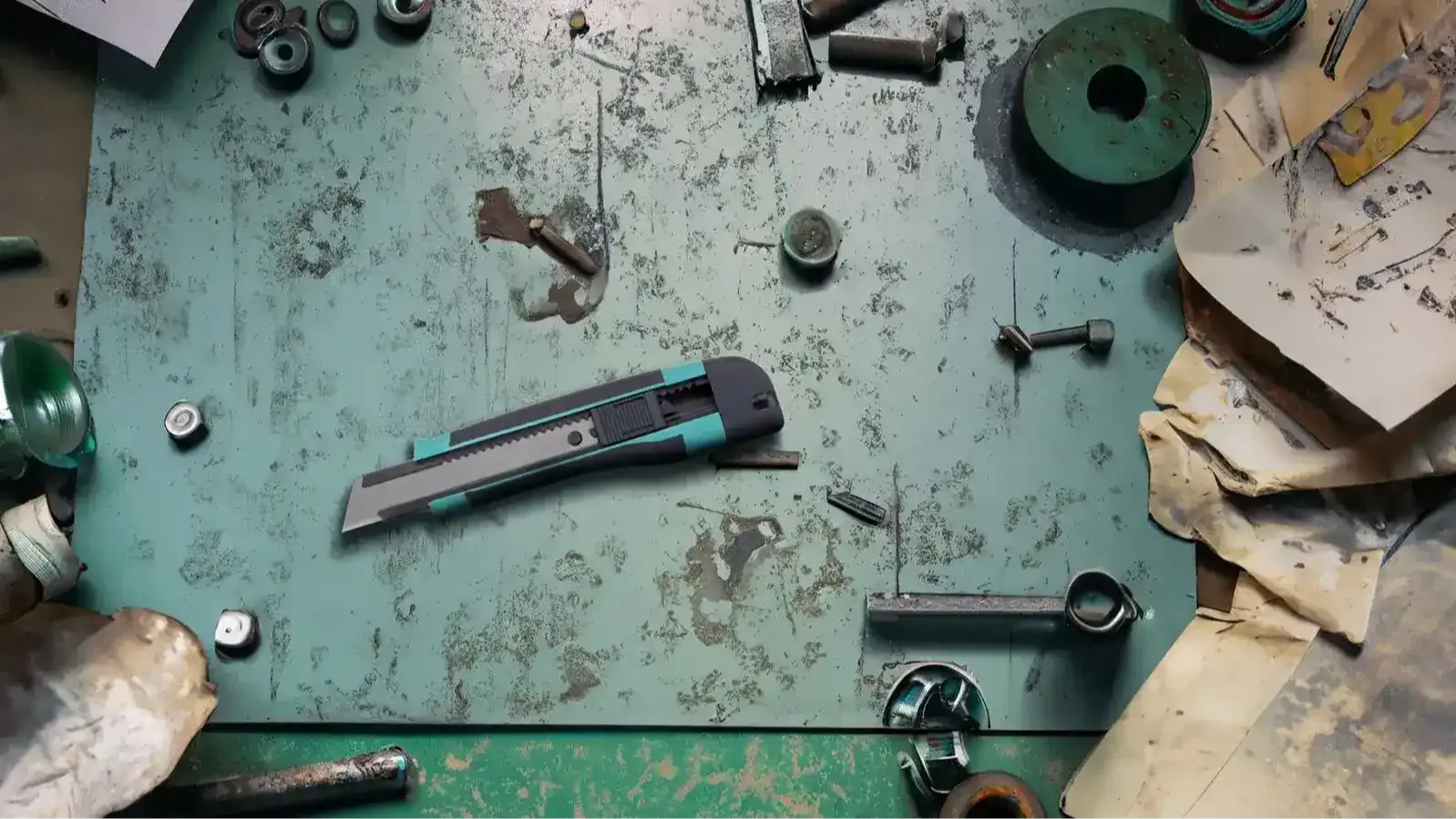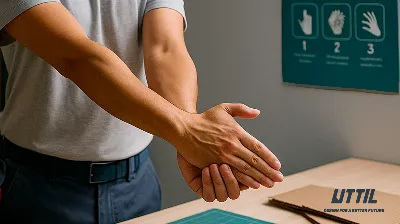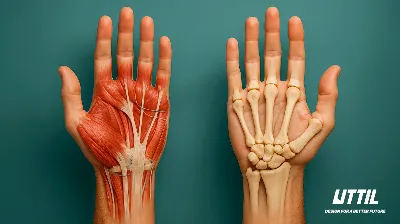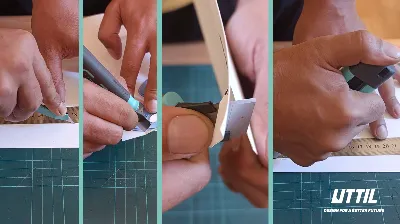The Importance of Ergonomics in Utility Knives
Utility knives are an essential tool for many workers across various industries, but they can also pose a significant risk of injury if not used properly. One key factor that can contribute to workplace injuries is the design of the utility knife itself. In this blog post, we'll explore how proper ergonomic design can help prevent injuries and improve overall safety when using a utility knife.
First,
let's define what we mean by "ergonomics." Ergonomics is the study of
how people interact with the products, tools, and environments around them,
with a focus on optimizing safety, comfort, and efficiency. When it comes to
utility knives, ergonomic design can involve a range of factors, such as handle
shape, grip materials, blade angle, and overall weight and balance.
One of the
primary benefits of ergonomic utility knives is that they can help prevent
repetitive strain injuries (RSIs), which are a common problem among workers who
use knives frequently. RSIs can result from the repetitive motion of using a
knife, such as making repeated slicing or chopping motions, which can cause
strain and inflammation in the muscles, tendons, and nerves of the hand, wrist,
and forearm. Over time, these injuries can lead to chronic pain and disability.
To prevent
RSIs, ergonomic utility knives are designed with features that reduce the
amount of force and stress required to use them. For example, some knives have
angled handles that allow the user to maintain a more neutral wrist position,
reducing the strain on the wrist and forearm muscles. Others have textured or
contoured grips that provide a more secure and comfortable grip, reducing the
need to grip the knife tightly. Some blades can be designed to support more
than one type of grip depending on the task.
In addition
to reducing the risk of RSIs, ergonomic utility knives can also help prevent
more serious injuries, such as cuts and lacerations. Knives with poorly designed
handles or blades can be difficult to control, increasing the likelihood of
slips and other accidents. By contrast, knives with well-designed handles and
blades can provide greater precision and control, reducing the risk of injury.
Overall,
the importance of ergonomics in utility knives cannot be overstated. By
choosing knives that are designed with ergonomics in mind, workers can reduce
their risk of injury, improve their efficiency and accuracy, and enjoy greater
comfort and ease of use.
As a hand tool manufacturer, Uttil strives to ensure that
its products offer the most suitable ergonomics for the workplace. In addition,
Uttil evaluates the concept of ergonomics from a broader perspective and places
the impact of the material used for the product on the environment at the
centre of the human-environment relationship. Uttil's approach that only a
healthy environment can build a healthy human-object relationship is absolute.








